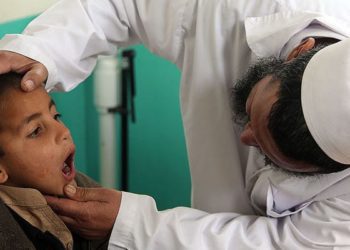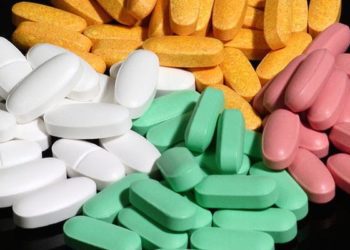AAP recommends disaster preparedness measures for children
1. Given the unique medical, psychological, and developmental needs of children, the American Academy of Pediatrics (AAP) has issued a policy statement with pediatric-specific recommendations for disaster preparedness.
2. The AAP suggests collaboration amongst multidisciplinary providers in preparing for a disaster, as well as ready availability of pediatric-specific equipment, medications, and supplies.
Statement Rundown: This AAP Policy Statement from the Disaster Preparedness Advisory Council, Committee on Pediatric Emergency Medicine, was issued to ensure that the unique medical, psychological, and developmental needs of children are met during a disaster. A main recommendation of the statement is the involvement of pediatricians in disaster planning discussions alongside other professionals. Disaster preparedness should ensure that pediatric-specific equipment, medications, and other supplies are readily available. Additionally, any disaster exercises or drills should include pediatric examples to provide training and highlight gaps in pediatric care during disasters. Primary pediatricians should be prepared to answer concerns from parents in light of a disaster, including knowing local resources and age-appropriate coping mechanisms. While some pediatric literature exists for pediatric disaster preparedness, further research to identify gaps and establish best practices is indicated. Lastly, pediatricians are recommended to keep self-care in mind during a disaster situation to ensure against physician burnout and compassion fatigue.
Click to read the policy statement, published today in Pediatrics
Relevant Reading: US Breastfeeding Committee: Statement on Infant/Young Child Feeding in Emergencies
Image: CC
©2015 2 Minute Medicine, Inc. All rights reserved. No works may be reproduced without expressed written consent from 2 Minute Medicine, Inc. Inquire about licensing here. No article should be construed as medical advice and is not intended as such by the authors or by 2 Minute Medicine, Inc.







